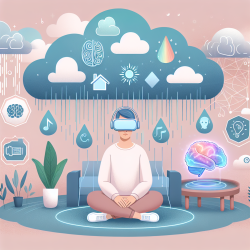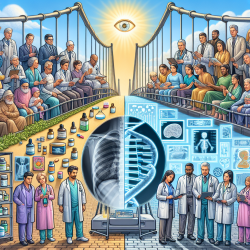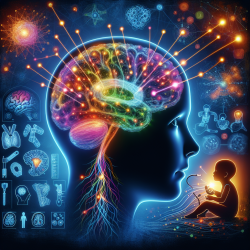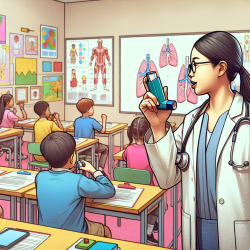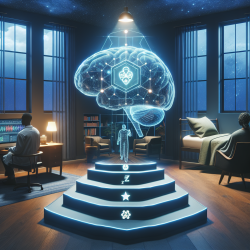Introduction
In the ever-evolving field of mental health, innovative approaches are constantly being explored to enhance therapeutic outcomes. One such groundbreaking method is the use of Virtual Reality (VR) in treating Generalized Anxiety Disorder (GAD). A recent study titled "Exposure to a Standardized Catastrophic Scenario in Virtual Reality or a Personalized Scenario in Imagination for Generalized Anxiety Disorder" provides compelling insights into how VR can be integrated into therapy practices.
Understanding the Study
The study aimed to compare the effects of a standardized catastrophic scenario recreated in VR with a personalized scenario imagined by participants. The goal was to assess which method was more effective in inducing anxiety, a crucial step in exposure therapy. The results were intriguing, showing that both methods significantly increased anxiety levels, with VR scenarios proving to be as effective as personalized imagination scenarios.
Implications for Practitioners
For practitioners, these findings open up new avenues for treatment strategies. Here are some ways VR can be utilized in therapy:
- Controlled Environment: VR allows therapists to create a controlled environment, reducing unexpected variables that can occur in real-world scenarios.
- Standardization: The use of standardized scenarios ensures consistency in exposure therapy, making it easier to measure outcomes and adjust treatment plans.
- Engagement: VR is often more engaging for patients, particularly those who struggle with visualization in traditional imagination-based therapies.
Encouraging Further Research
While the study provides promising results, it also highlights the need for further research. Future studies could explore the long-term efficacy of VR in treating GAD, as well as its cost-effectiveness compared to traditional methods. Additionally, understanding individual differences in susceptibility to VR presence could help tailor therapies to individual needs.
Conclusion
As technology continues to advance, the integration of VR into therapeutic practices offers exciting possibilities. For practitioners, embracing these innovations could enhance treatment outcomes and provide patients with more effective and engaging therapy options.
To read the original research paper, please follow this link: Exposure to a Standardized Catastrophic Scenario in Virtual Reality or a Personalized Scenario in Imagination for Generalized Anxiety Disorder.
